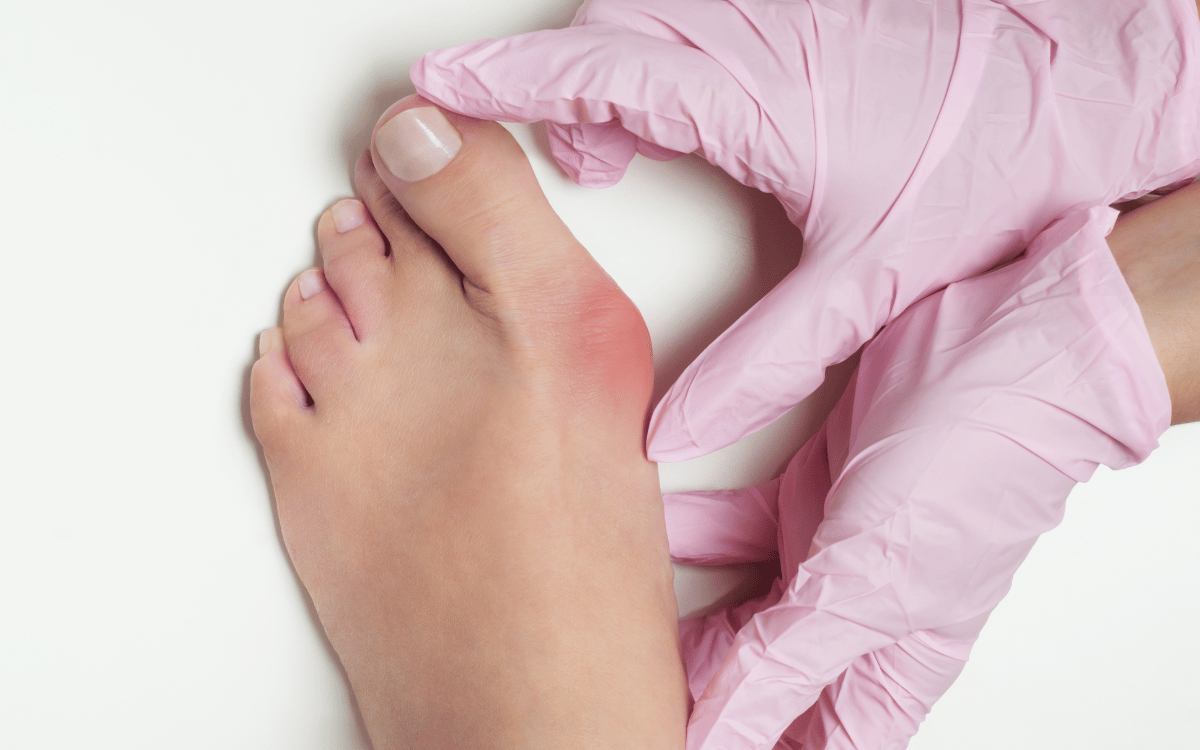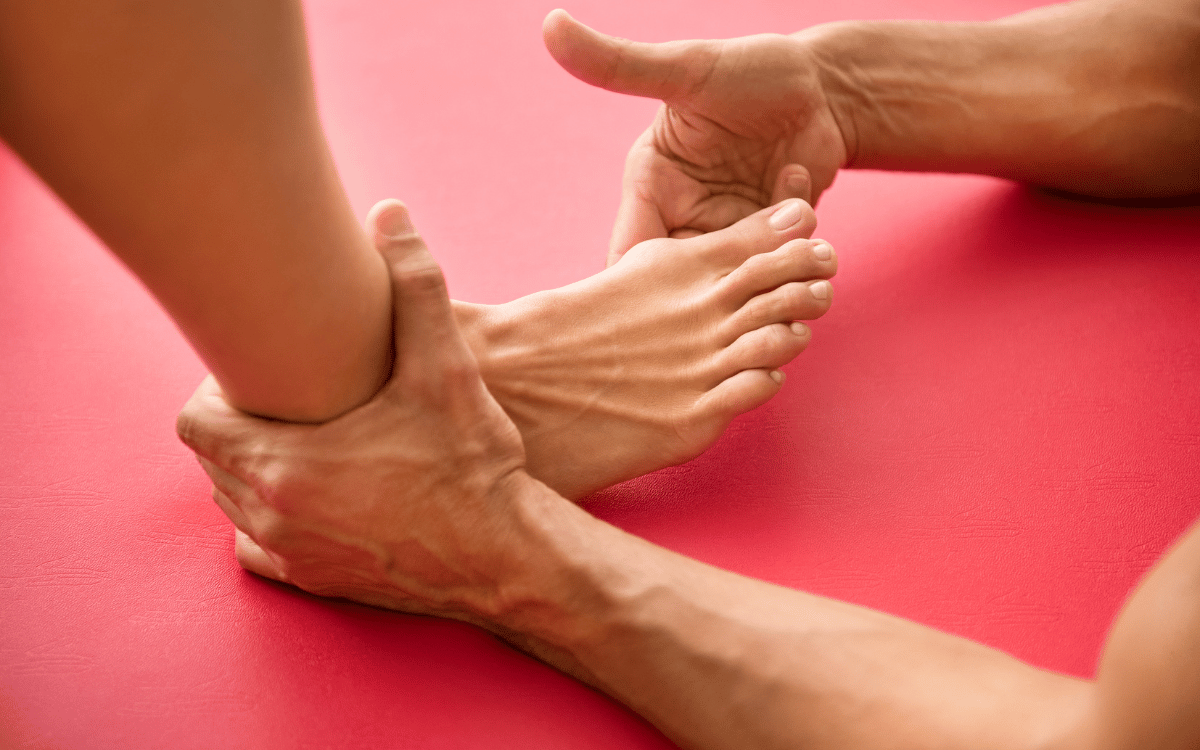
Thankfully, in most cases we can relieve the foot pain by addressing the underlying cause of the problem, so the patient can start to exercise again. Unfortunately, some people become a little overenthusiastic about this, and end up hurting themselves. Here are my five top tips for getting back into exercise while remaining injury free.
5 top tips for getting back into exercise
1. Start Slowly
Our bodies respond best to gradual change. If you haven’t been able to exercise regularly for a while (by this I mean anything longer than eight weeks) then I strongly suggest that you don’t exercise too hard or for too long. (Read on, because some of the other tips will still ensure you burn more calories and get fitter faster.) The reason for starting slowly is that your body will fatigue very quickly and when that happens, your posture and the alignment of your joints will be in a weakened position and you will be prone to injury.
If you haven’t been walking or running for months due to pain in your feet, start with 20 minutes (of either activity) and do this for at least 4–6 weeks, then gradually build by five minutes every four weeks after that.
2. Mix it Up
Studies suggest that your body likes to do different things when it comes to exercise. If all you do is run, or any other activity for that matter, then you are much more prone to injury. So, run on one day, the next day lift weights, swim the next day or do yoga or Pilates.
3. Consistency in exercise
This does not contradict my previous point, but it does mean that you should try to exercise regularly throughout the week rather that do nothing and then go for a five-hour walk. Inconsistent exercise means your body can’t adapt and get stronger, and therefore will be more prone to injury.
4. Stretch after exercise
This is so important! Try to stretch your body after exercise, as this is far more important than stretching before. Stretching can make a significant contribution to helping you avoid surgery.
For feet, stretching your calves is by far the most important exercise. If you’re not sure how to do this effectively, visit our website or ask your practitioner to show you.
5. Interval training
Interval training is a great way to get fitter faster, and it burns more calories than exercising at an unvaried pace. The idea is to exercise intensely for short periods and then rest. For example, exercise at 80–90% of your maximum capacity for 30 seconds and then rest for double that time. We have had huge success in getting our patients back into exercise through interval training. There are a number of ways to do this. High-intensity interval training (HIIT) and Tabata are very well known forms.
We introduced interval training in our treatments because studies suggest that when running, you are unable to maintain good postural form for more than 17 minutes. This study was performed on the US track team, so what hope do the rest of us have? Interval training does not affect postural form as each exercise is of short duration.
If you need any more help achieving you fitness goals we have a number of people who we can recommend that we work extensively through the clinic so please ask one of the practitioners and we can always refer on if needed to someone we trust.



